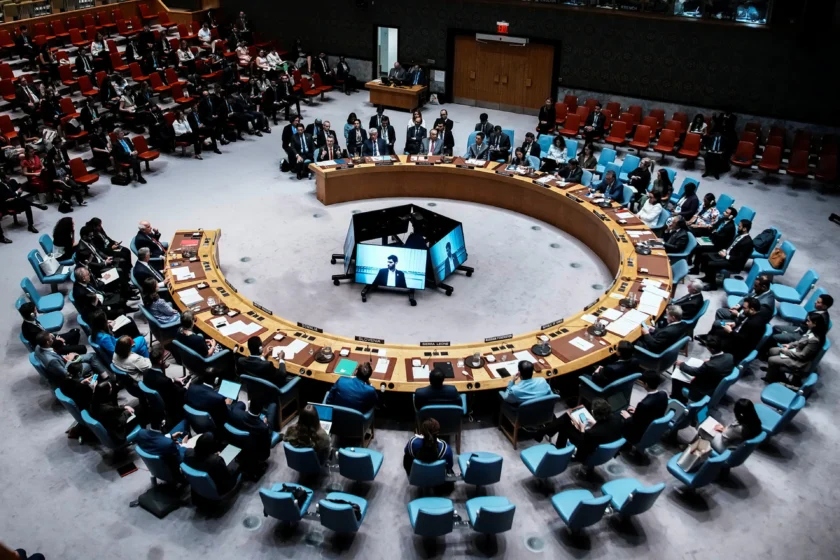New Delhi: India and the United States have entered into a significant one-year agreement for the import of 2.2 million tonnes of LPG (Liquefied Petroleum Gas), signalling a renewed phase in bilateral engagement. More than just an energy transaction, the deal reflects evolving geopolitical priorities, attempts to ease tariff disputes, and the recalibration of economic diplomacy between the two countries.
Strategic Entry for the US, New Energy Security Path for India
India is among the fastest-growing LPG markets in the world, with nearly 90% of households using LPG for cooking. However, only 35% of the country’s demand is met domestically, forcing India to rely heavily on imports — primarily from the Gulf region. In 2024, India imported 8.1 million tonnes from the UAE and 5 million tonnes from Qatar, besides significant volumes from Kuwait and Saudi Arabia.
This heavy dependence on the Gulf has made India vulnerable to price fluctuations, geopolitical tensions and disruptions in shipping routes. The new LPG deal with the United States helps diversify India’s supply chain at a time when global energy dynamics remain uncertain.
For the US — the world’s largest shale gas producer — this agreement marks its first substantial direct entry into India’s domestic LPG market. Washington has long sought broader access to Indian markets, particularly for American agricultural commodities like wheat, corn, soy and dairy products. However, India, citing domestic sensitivities and farmer livelihoods, has consistently resisted opening its farm sector.
A Trade Breakthrough After Years of Tariff Tension
During Donald Trump’s earlier presidency, the US imposed steep tariffs — as high as 50% — on several Indian goods after India declined to relax agricultural import restrictions. Tensions escalated further in August 2025 when Washington added a 25% surcharge on Indian goods in response to India’s continued energy purchases from Russia.
The LPG agreement, therefore, is being interpreted as a diplomatic mid-way point:
- India has offered the US a controlled entry into its energy market, without compromising its agricultural interests.
- The US gets a new commercial foothold in India at a time when it is aggressively expanding energy exports.
- Both countries signal willingness to move beyond the tariff stand-off.
Analysts believe the deal could pave the way for future tariff reductions and potentially revive discussions on a broader trade framework.
LPG Demand Driven by Domestic Reforms
India’s rapid rise in LPG consumption over the past decade is closely tied to government initiatives such as the Pradhan Mantri Ujjwala Yojana, which provided subsidised LPG connections to millions of low-income households. The scheme dramatically increased rural demand, making steady imports essential.
With the Gulf accounting for the bulk of India’s LPG supply, the US deal reduces overdependence on a single region. For policymakers in New Delhi, it also sends a message: India is ready to balance relationships with both Washington and Moscow while safeguarding its energy security.
Could This Lead to a Larger Trade Deal?
Diplomatic observers highlight three key outcomes stemming from the agreement:
-
Renewed Trust-Building:
The deal ends months of stalemate triggered by tariff hikes and disagreements over energy sourcing.
-
Controlled Market Access for the US:
India has kept its agricultural sector off-limits but opened its energy sector — a non-sensitive area — to American suppliers. -
A Signal of Policy Flexibility:
Despite Trump’s criticism of India as a “high-tariff nation,” the agreement reflects New Delhi’s willingness to engage pragmatically, especially on energy cooperation.
Several experts believe this could serve as a foundation for broader future talks, including possible tariff rollbacks and new bilateral frameworks resembling a limited Free Trade Agreement.
Balancing Russia and the United States
The United States recently penalised India for continuing to import energy from Russia, attempting to exert geopolitical pressure. However, New Delhi maintained that its priority was national energy security and supply stability.
The LPG deal may soften Washington’s stance. Trade strategists say the US could scale back the 25% additional tariff imposed in 2025, helping restore normal commercial relations.
By deepening energy cooperation with the US while continuing purchases from Russia, India has reinforced its long-standing principle: multi-alignment and balanced diplomacy.
A Deal With Long-Term Implications
The India–US LPG agreement goes beyond energy. It is an indicator of:
- India’s push for diversified, secure fuel supplies
- America’s attempt to strengthen its economic presence in India
- A mutual desire to ease tariff disputes and rebuild trust
While the contract covers just 10% of India’s annual LPG consumption, its diplomatic and strategic impact is far greater. It may eventually lead to a more stable trade environment, renewed negotiations on tariff reduction and a stronger India–US economic partnership.
In the coming years, this LPG agreement could emerge as a key milestone — shaping energy ties, rebalancing geopolitical equations and redefining trade cooperation between the two major democracies.





